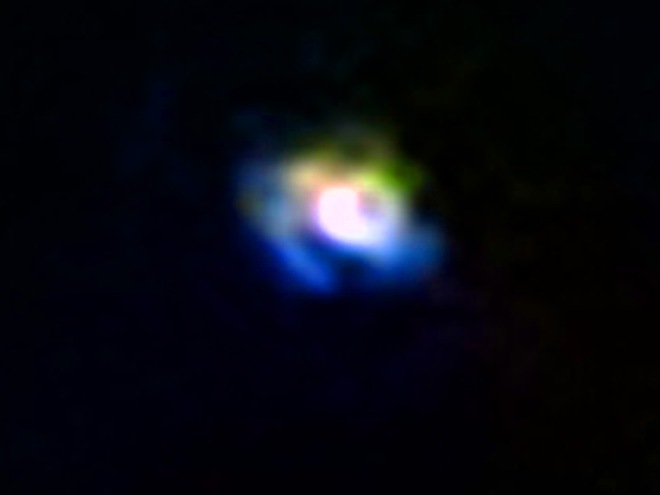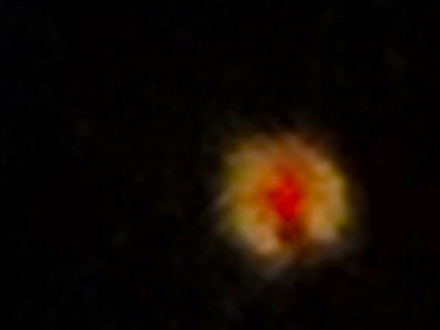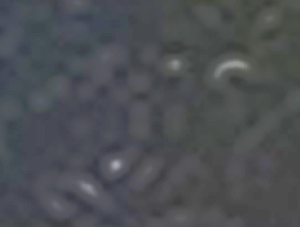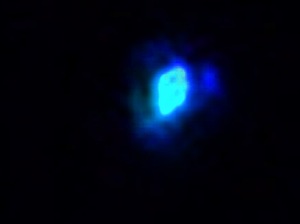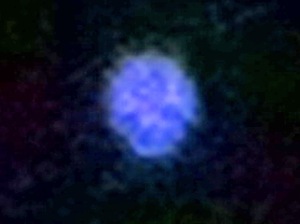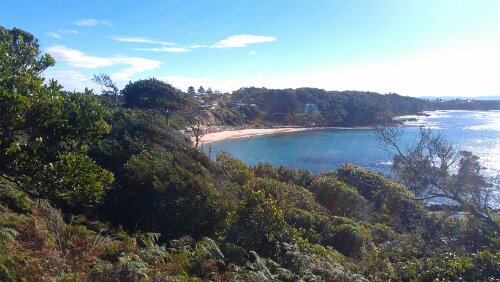Galley2020 was first founded in 2001. It was originally a business that provided a service for graphic art. Its services were the provision of business card designs and form design, book covers etcetra.
Later, the owner of the business decided to to write a book. At this time a new name was made for the business. The new name was Gallery2020 Publishing.
After many hours over a 2 year period the book was completed and published under the new publishing business. The name of the book is: ‘Will the Real Melchizedek please step forward’ authored by David Holland in December 2008.
We are hoping that this site will be able to display this book and other works from this author and other authors.
Gallery2020 publishing has decided to join with the Habitat Association for arts and environment and publish in collaboration with this association.
The Association is a non profit group that is interested in promoting writing, publishing and the arts. As part of its phylosophy it is interested in writers who wish to write about human environments and social interactions. This means that it has a strong interest in promoting and mentoring all art forms as well as science as it is applied to human existance.
THe above example of one of Gallery2020 published books is clearly a book based on Biblical text and as such a theological book. Habitat assocation also has interestes in this field as it relates to human social environments.
Gallery2020 is proud to be associated with Habitat Association for Arts and Environment and recommend other publishers, arts organisations and education organisations interested in the human environment or habitat become associated with them.


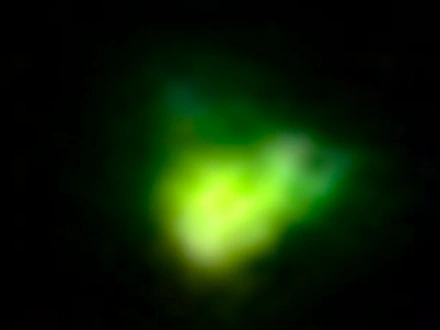
 Then the gas had dispersed in a later photograph creating this distribution which has been enhanced from a brighter image of the star.
Then the gas had dispersed in a later photograph creating this distribution which has been enhanced from a brighter image of the star.